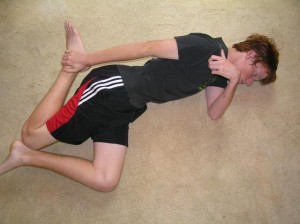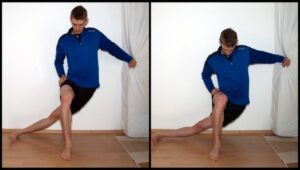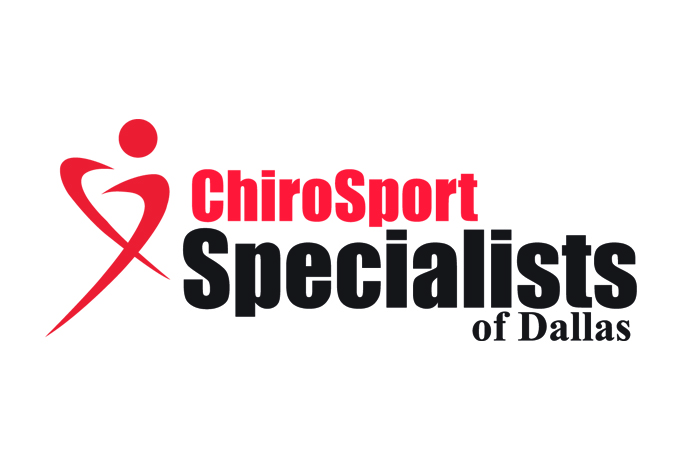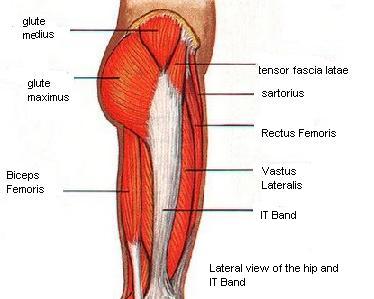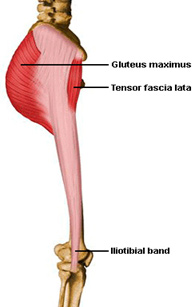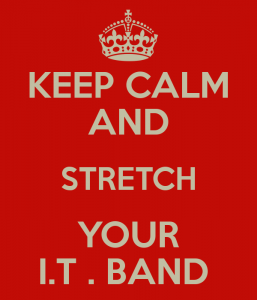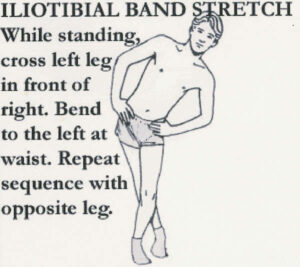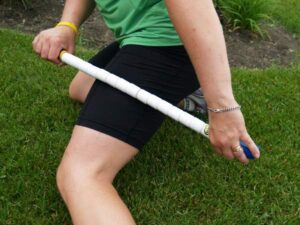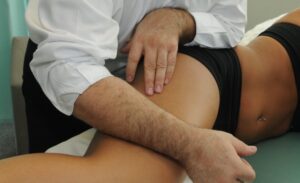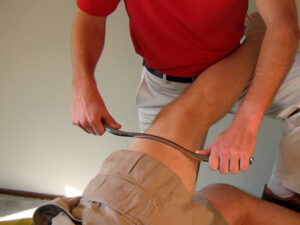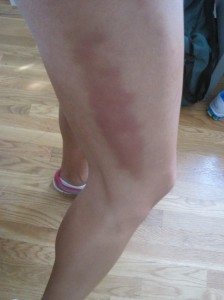Truth about the IT Band
The IT Band is a tough fibrous piece of tissue, located on the outside of your thigh. It is attached to the femur and cannot be lengthened or stretched. The most effective way to treat it is to address the underlying biomechanical problems.
Source FMS Podcast
Other sources: Greg Lehman, Brad Neal, Breaking Muscle, Research Articles- Functional Anatomy of the IT, Biomechanical factors of IT Band syndrome, The Relation Between Gluteus Maximus and Tensor Fascia Lata, Treatment Options, Is ITBS a friction syndrome?,
Important points
- Trigger points or tightness is not in the ITB itself. ITB is a thick band of fibrous tissue. You can’t stretch it, lengthen it, no trigger points because it is not a muscle.
- Trigger points are most likely in the underlying vastus lateralis muscle
- Stretching the IT band only results in a lengthening of 2 mm +/- 1.6 or about 0.5% of the total length (Treatment options)
- It Band syndrome is not a friction syndrome like we think. Research shows more likely a compression syndrome (Functional Anatomy and Is ITBS a frictional sydrome?). There’s no bursa!
- 2 Muscles Insert/Attach into the IT band
- 80% fibers of the gluteus maximus insert into ITB
- Tensor Fascia Lata (TFL)
- Often confused with the hip flexor (psoas) because of proximity. This is why it is important to get evaluated by a trained clinician.
- If you want to change the length or tension on the ITB look at the muscles which attach:
- Glutes maximus and TFL
Common Biomechanical Problems
- Prime movers become stabilizers
- Glute max and TFL are prime movers but become tight because they are stabilizing instead of moving
- Stabilizers not stabilizing
- Gluteus medius loses its ability to stabilize the pelvis in abduction causing the TFL to contract
- Movers not moving
- Poor iliopsoas function results in firing of the TFL for hip flexion
How to treat
- Reset
- Soft tissue to glute max, psoas, TFL and vastus lateralis.
- Active Release Technique and Graston Technique work very well
- Adhesions can develop between the IT band and vastus lateralis preventing them from moving properly on each other. ART has a really cool protocol that can separate them from each other
- If you want to foam roll or use the stick treat the glute max and the vastus lateralis
- Soft tissue to glute max, psoas, TFL and vastus lateralis.
- Reinforce
- Kinesiotape to support
- Research paper for gluteus medius facilitation
- Glute taping
- Glute med exercise
- Proper activation of glute med before strengthening
- Band walks
- Glute max exercise
- Glute activation before strengthening
- I also like this glute activation exercise from Mike Boyle
- Strengthening
- Glute bridge, then bridge with band between knees
- Kinesiotape to support
- Reload the pattern
- Half kneeling Chops and Lifts
- Deadlift and Kettle bell swing
- Weighted Squats
I am glad finally somebody with credibility came forth and said this. I have already treated a fair share of IT Band Syndrome (ITBS) patients and constantly get asked how to stretch, roll and exercise the IT band. I have had patients that just want me to get in there and Graston their IT Bands. Ouch! And I have to explain these ideas to them over and over again. Spread the word.
Please do not foam roll it, stretch it or exercise it. Certainly do not go to your Doctor and ask him to “release it!”
Summary/Key Points
- Stretching, foam rolling your IT band won’t change the length, because its not tight. Well it is tight because its a fibrous band, but it is tight in everyone.
- Look to the 2 muscles which insert into the IT band to change the tension on the band
- First reset, then reinforce and finally reload the pattern!
These are just some of the hilarious pictures I found when Googling IT Band
